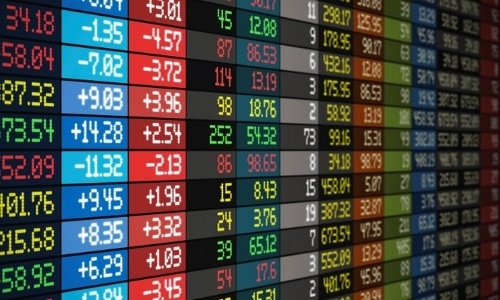2 min read
The Top Ten: Most Common Energy Hedging Mistakes
As energy trading and risk management advisors, we're often asked: What are the most common, "big picture" mistakes we see companies make when it...
5 min read
Mercatus Energy : Feb 20,2021

We've recently met with several clients regarding ETRM (energy trading and risk management system) system selection projects and, in our humble opinion, far too often the top items of interest and discussion are off-the-mark. As such we decided a list of the primary items to consider during the ETRM system selection process might be of interest to many. If we've misses any items which you think should be on the list please let us know and we will be glad to include them in an updated version of this post.
Bonus – An ideal ETRM system will be easily configurable to ever evolving business needs including regulatory requirements, business growth and/or mergers and acquisitions i.e. Dodd-Frank, EMIR, etc. An ideal ETRM solution should not require much, if any, custom programming to meet this need, it should be easy-to-configure and should provide an efficient way to manage change without having to bring in the vendor or to engage a third-party to develop a work around or to custom code the necessary modifications. Furthermore, the ideal ETRM system should be able to easily consolidate disparate systems into a “single version of the truth” of your company’s positions and requirements and should offer more than just basic ETRM functionality.

2 min read
As energy trading and risk management advisors, we're often asked: What are the most common, "big picture" mistakes we see companies make when it...

2 min read
Hedging crude oil or natural gas when the market hits a producer's target price is neither a way to manage price risk nor to maximize the price...

2 min read
As energy trading and risk management advisors, we're often asked: What are the "big picture" keys to success as it relates to energy hedging and...